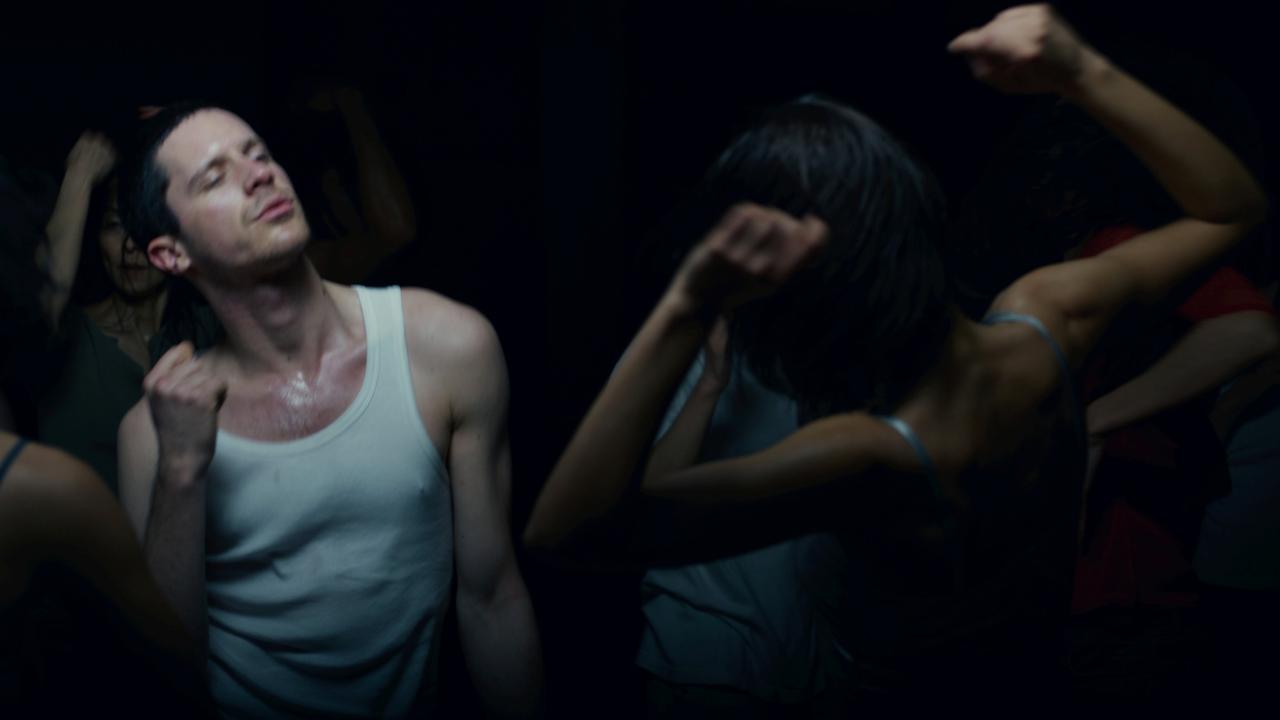Comic Steve Martin gets serious over indigenous art
Hollywood funnyman Steve Martin has become a zealous convert to indigenous art.

Steve Martin’s first encounter with Australian indigenous art was less than four years ago and he has become a zealous convert, declaring the masterworks of the Western Desert to be “art that rivals any contemporary art that’s being made”.
The star of Roxanne and Three Amigos has long been a collector, and after he discovered the work of Australia’s Warlimpirrnga Tjapaltjarri at a New York show in 2015, he has acquired about 40 paintings by indigenous artists.
He is now showing his collection in a not-for-sale exhibition at the high-profile Gagosian gallery in New York, where he hopes the display of large-scale desert canvases will catch the imagination of other collectors and curators.
“There are some (collectors) who collect indigenous art and have for years,” he said before the exhibition opening. “But the large body of American collectors have not seen it, and even some museum curators have not seen it.
“It’s kind of a thrill, and the show looks so good — it’s unbelievable. I think people will be set back on their heels.”
All but one of the paintings are from Martin’s and wife Anne Stringfield’s collection, and include works by Yukultji Napangati, Bill Whiskey Tjapaltjarri and Warlimpirrnga Tjapaltjarri.
The Kluge-Ruhe Aboriginal Art Collection at the University of Virginia has loaned one picture by Emily Kame Kngwarreye.
Martin said he was attracted to the emotional intensity and implicit narrative of the paintings, and to the absence of irony he detected in much contemporary art.
“This art simply surpasses that,” he said. “There is not a false bone in it, or any fear to express an emotional or beautiful point of view.”
Martin has not been to Australia since 1990 but will visit in November — on tour with his comedian buddy Martin Short — when he hopes to visit galleries and perhaps remote art centres.
He said he had been assisted in his acquisitions by New York’s Salon 94 gallery and by Australian dealer D’Lan Davidson, who guided him through the “treacherous waters of provenance” to ensure the paintings were genuine and that payment reached the artists and their families.
He was aware of the impoverished conditions indigenous people endure in remote communities. “But I can see that this (art) is a great victory for indigenous people,” he said. “I’m just a student, I’m not an expert, but these works early on were made to be sold. They realised this could be income for their family groups.
“My secret goal is to have the pictures enter the regular contemporary art world, and not be treated as ethnographic. I do think they rival anything that’s being done. I see them hanging next to Rothko in museums. All it takes is for someone to do it.”



To join the conversation, please log in. Don't have an account? Register
Join the conversation, you are commenting as Logout